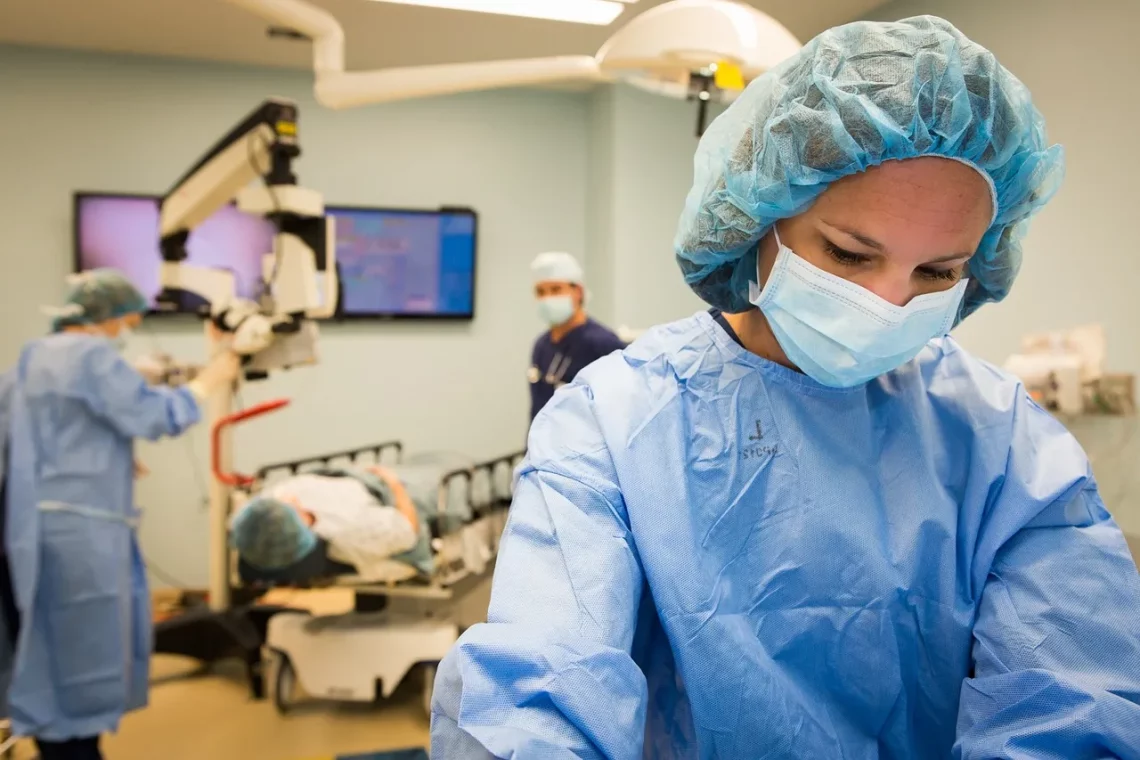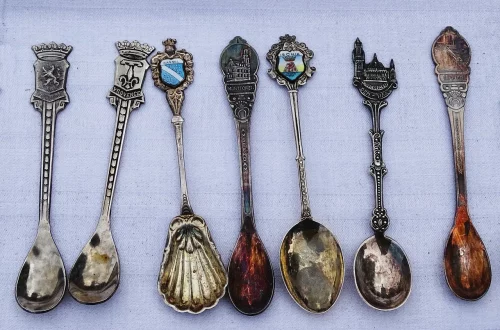
Understanding Dog CCL Surgery: What Pet Owners Need to Know
Understanding Dog CCL Surgery: What Pet Owners Need to Know
When it comes to our beloved pets, ensuring their health and well-being is a top priority for every responsible owner. Among the various health concerns that can affect dogs, injuries to the cranial cruciate ligament (CCL) are particularly common, especially in active or larger breeds. The CCL plays a crucial role in stabilizing the knee joint, and when it becomes torn or damaged, it can lead to significant pain and mobility issues for the affected dog.
Recognizing the symptoms of a CCL injury is vital for prompt treatment, as delays can exacerbate the condition and lead to further complications. In many cases, surgical intervention becomes necessary to restore function and alleviate pain. Understanding the ins and outs of CCL surgery is essential for pet owners, as it allows them to make informed decisions regarding their dog’s treatment and recovery.
Moreover, the world of veterinary medicine is constantly evolving, with new techniques and technologies making surgery safer and more effective. This knowledge not only empowers pet owners but also fosters a collaborative relationship with veterinarians, ensuring the best outcomes for our furry friends. In this article, we will explore the various aspects of CCL surgery, including the reasons for surgery, the different surgical techniques available, and the recovery process that follows.
Signs and Symptoms of CCL Injuries in Dogs
Recognizing the signs of a CCL injury in dogs is crucial for timely intervention. The symptoms can vary based on the severity of the injury and the individual dog’s characteristics. One of the most common signs is a noticeable lameness or limping in the affected leg, especially after exercise or activity. Pet owners may observe their dog favoring one leg, hesitating to jump or run, or showing reluctance to engage in normal activities.
Another indicator of a CCL injury is a decreased range of motion in the knee joint. If you notice that your dog struggles to straighten or bend their leg, it could be a sign of ligament damage. Additionally, swelling around the knee may become apparent, as inflammation often accompanies such injuries. Dogs may also exhibit signs of pain when the area is touched or manipulated, leading to a change in behavior, such as increased irritability or withdrawal.
In some cases, chronic conditions may develop as a result of a CCL injury. These conditions can include arthritis and meniscal tears, which may further complicate the dog’s health. Monitoring your dog for any persistent signs of discomfort is essential, as early detection of a CCL injury can lead to better treatment outcomes.
If you suspect your dog has a CCL injury, it’s essential to consult with a veterinarian. They can perform a thorough physical examination and may recommend diagnostic imaging, such as X-rays or an MRI, to confirm the diagnosis and assess the extent of the injury. Early diagnosis and treatment can significantly improve your dog’s quality of life and prevent further complications down the line.
Overview of Surgical Options for CCL Repair
When conservative treatments, such as rest, physical therapy, or anti-inflammatory medications, fail to alleviate the symptoms of a CCL injury, surgical intervention becomes necessary. There are several surgical techniques available for repairing a torn CCL, each with its benefits and considerations.
One of the most common procedures is the Tibial Plateau Leveling Osteotomy (TPLO). This technique involves cutting and repositioning the tibia to change the angle of the knee joint, effectively stabilizing it without relying on the CCL. The TPLO is favored for its success rates and relatively quick recovery time. However, the procedure requires a skilled surgeon and may involve higher costs due to the complexity of the operation.
Another popular option is the Tibial Tuberosity Advancement (TTA), which involves repositioning the tibial tuberosity to achieve similar stability to the TPLO. This technique also offers good outcomes but may be more suitable for certain breeds or specific conditions.
For smaller dogs or less severe injuries, a lateral suture technique may be employed. This involves placing a synthetic material to mimic the action of the CCL, providing support to the knee joint. While this method is less invasive and can be performed in a shorter time frame, it may not be as effective for larger breeds or in cases of advanced degeneration.
Each surgical option has its advantages and drawbacks, and the best choice depends on various factors, including the dog’s size, age, activity level, and overall health. Discussing these options with a veterinarian is crucial to determine the most appropriate approach for your pet’s specific situation.
The Recovery Process After CCL Surgery
Once the surgery is completed, the recovery process is a critical phase that requires patience and diligence from pet owners. Proper post-operative care is essential to ensure a successful outcome and return to normal activity levels.
In the initial days following surgery, it is common for dogs to experience swelling, discomfort, or limited mobility. Veterinarians often prescribe pain medication and anti-inflammatory drugs to help manage these symptoms. It’s essential to follow the vet’s instructions regarding medication and observe your dog for any signs of complications, such as excessive swelling or discharge from the surgical site.
During the recovery period, activity restrictions are crucial. Dogs should be confined to a small area to prevent excessive movement and encourage healing. Leash walks for bathroom breaks may be necessary, but jumping, running, or playing should be avoided for several weeks. Following the veterinarian’s guidelines on activity levels will significantly influence the recovery process.
Physical therapy can also play a vital role in rehabilitation. Many veterinarians recommend specific exercises to strengthen the affected leg and improve mobility. These exercises should be introduced gradually and tailored to your dog’s individual needs. Regular follow-ups with the veterinarian will help monitor progress and make necessary adjustments to the rehabilitation plan.
It’s important to remember that recovery can take several months, and patience is key. While it may be challenging to see your dog limited in their activities, adhering to the recovery plan will help ensure they return to their full range of motion and quality of life.
Please note that this article is not intended to provide medical advice. Always consult with a qualified veterinarian regarding your pet’s health concerns and treatment options. Your veterinarian is the best resource for ensuring your dog’s well-being and recovery following any medical procedure.




